💧 How Often Should I Water My Lawn and Plants? (A Straightforward Guide)
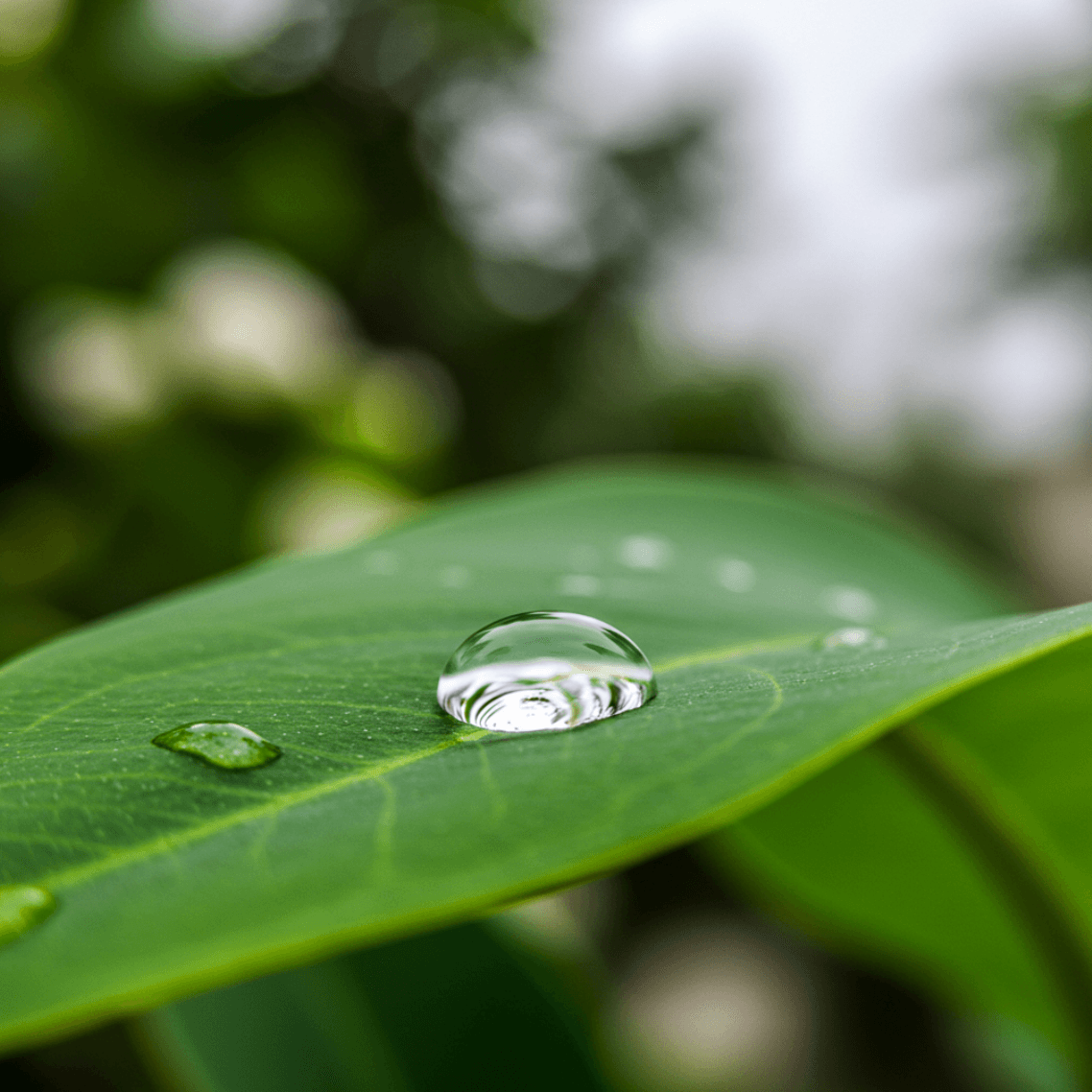
🌱 General Watering Guidelines (Without the Guesswork)
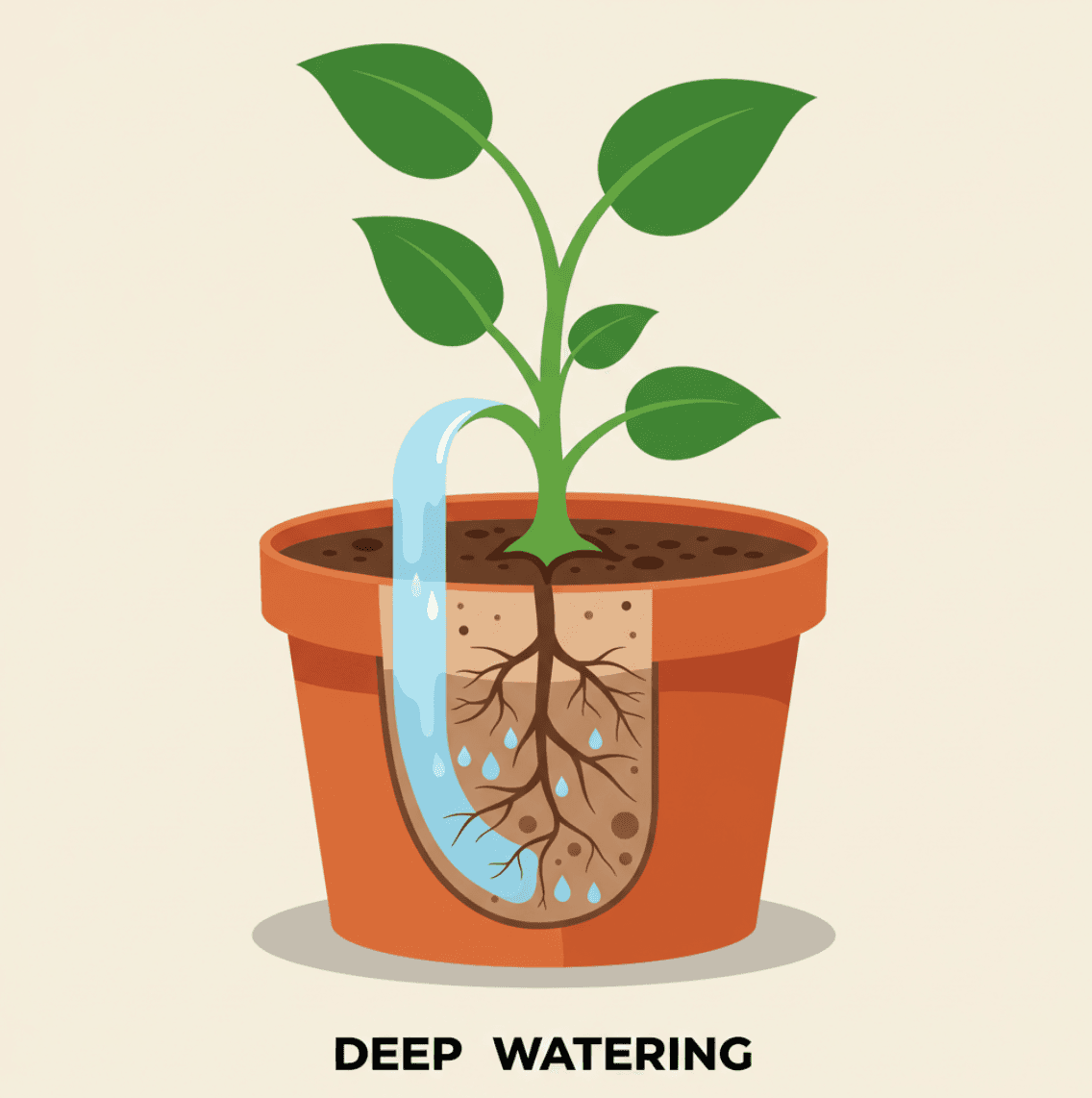
As a rule of thumb, deep, infrequent watering is better than frequent, shallow watering. Why? It encourages deep root growth and helps plants become more drought-tolerant over time.
Here’s a quick reference:
Lawns: About 1 to 1.5 inches of water per week (including rainfall)
New plants: Every 2–3 days until established
Trees and shrubs: Usually once per week
Drought-tolerant plants: Every 10–14 days, depending on the heat and soil
To get a feel for how much you’re actually watering, try placing a shallow container (like a tuna can) on the grass while your sprinklers run. When it fills to about an inch, you’ve hit your goal.
🕕 Best Time of Day to Water
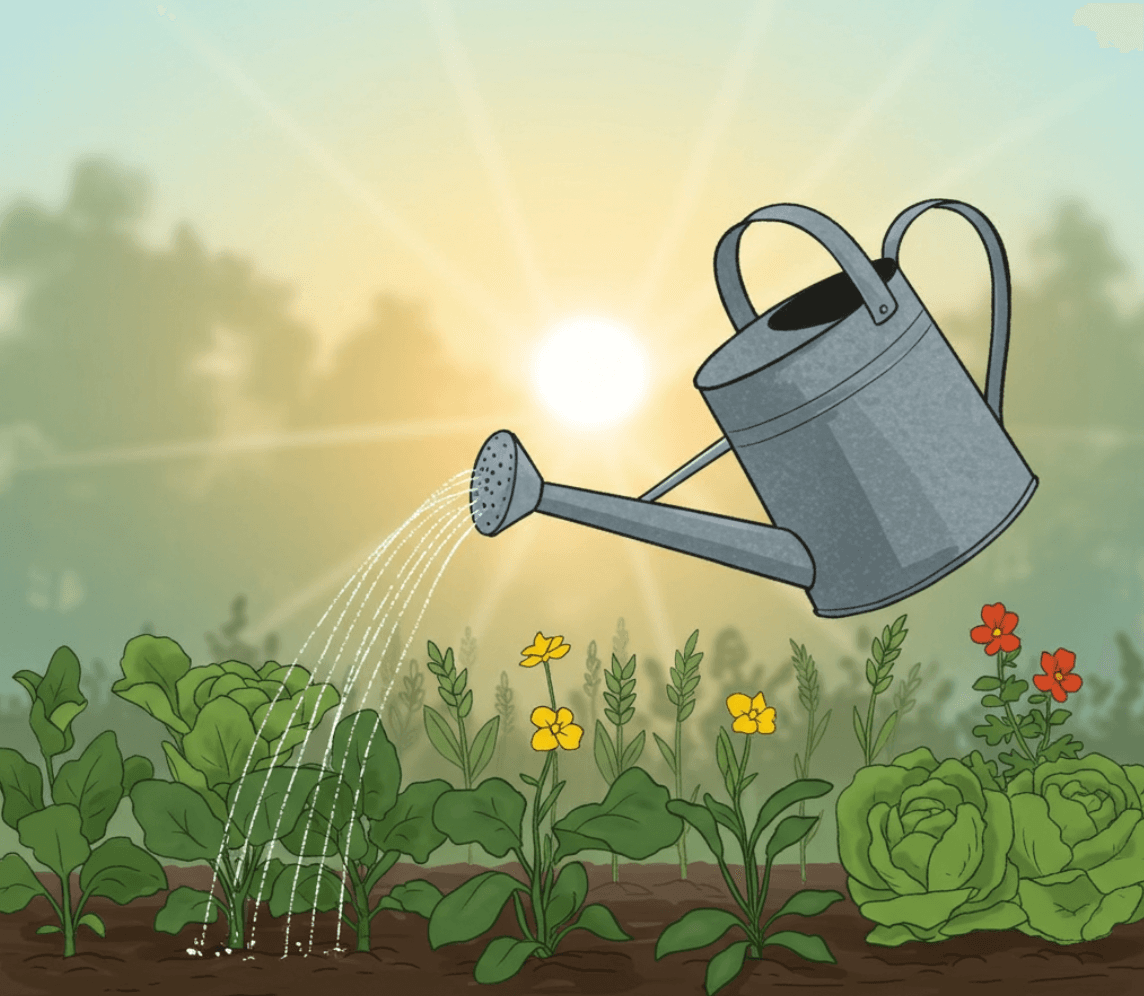
The timing of your watering matters almost as much as the amount. The early morning (around 4 a.m. to 9 a.m.) is ideal—it allows water to soak in before the sun gets too hot and minimizes evaporation.
Avoid watering in the evening, especially in humid climates. Sitting water overnight can lead to fungal growth, mildew, and other issues.
🧪 Soil Type: The Hidden Factor That Changes Everything
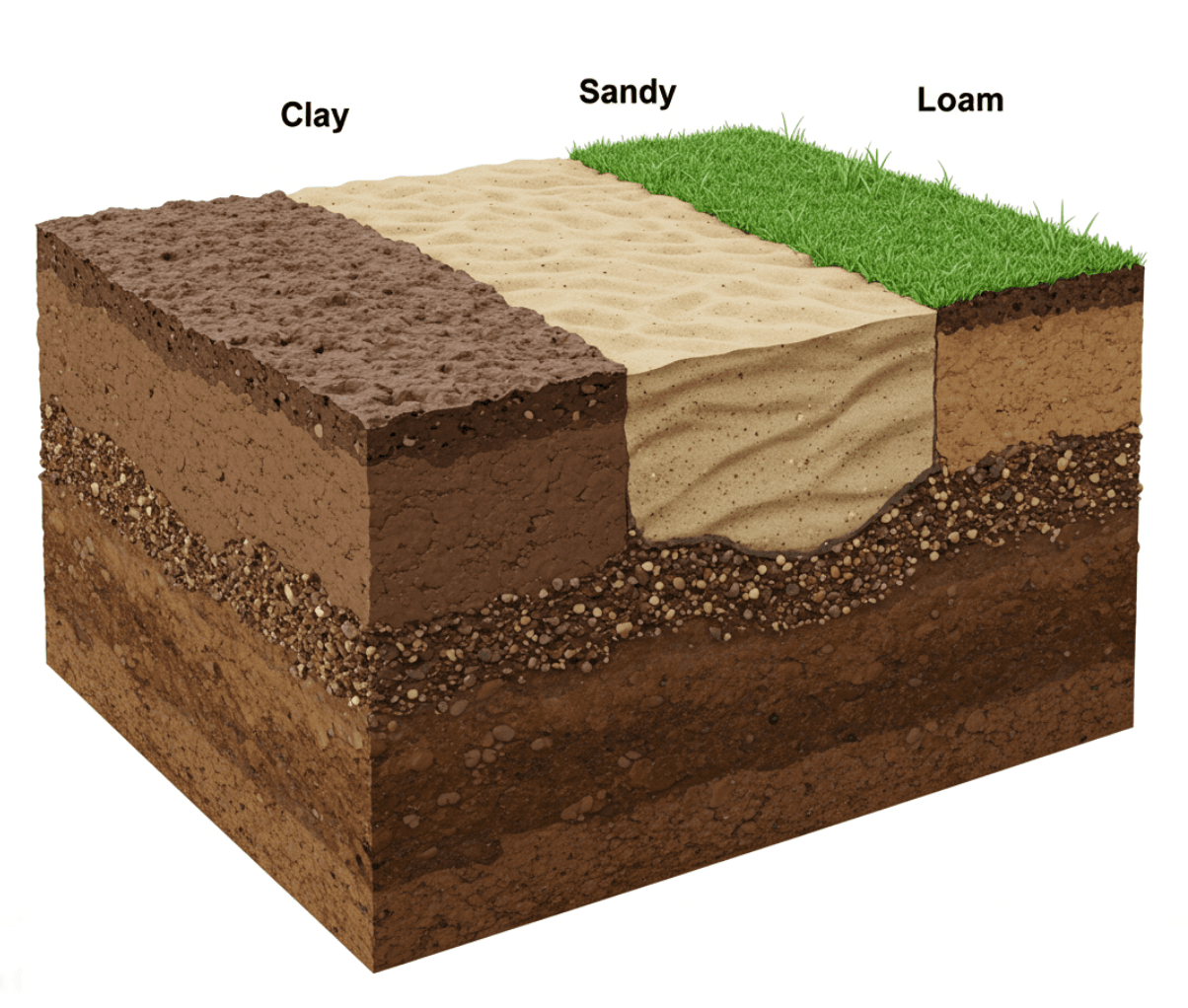
The type of soil in your yard makes a huge difference in how often you should water.
Clay soils hold onto water longer but drain slowly
Sandy soils drain quickly and dry out faster
Loamy soils (a mix of clay, sand, and organic matter) hold moisture well and are generally ideal
Not sure what you’re working with? A simple squeeze test can help: take a damp handful of soil and give it a squeeze. If it forms a tight ball and sticks together, it’s likely clay. If it crumbles apart quickly, it's sandy. If it holds together loosely but breaks apart easily, you’ve probably got loam.
If you're in the planning stages of a landscape or renovation, understanding your soil early on helps you pick plants that are built to thrive in those conditions. That’s something Simplyscapes helps with—we built the platform to factor in your region, soil type, and sun exposure so your design works with your yard, not against it.
☀️ Adjusting for the Seasons
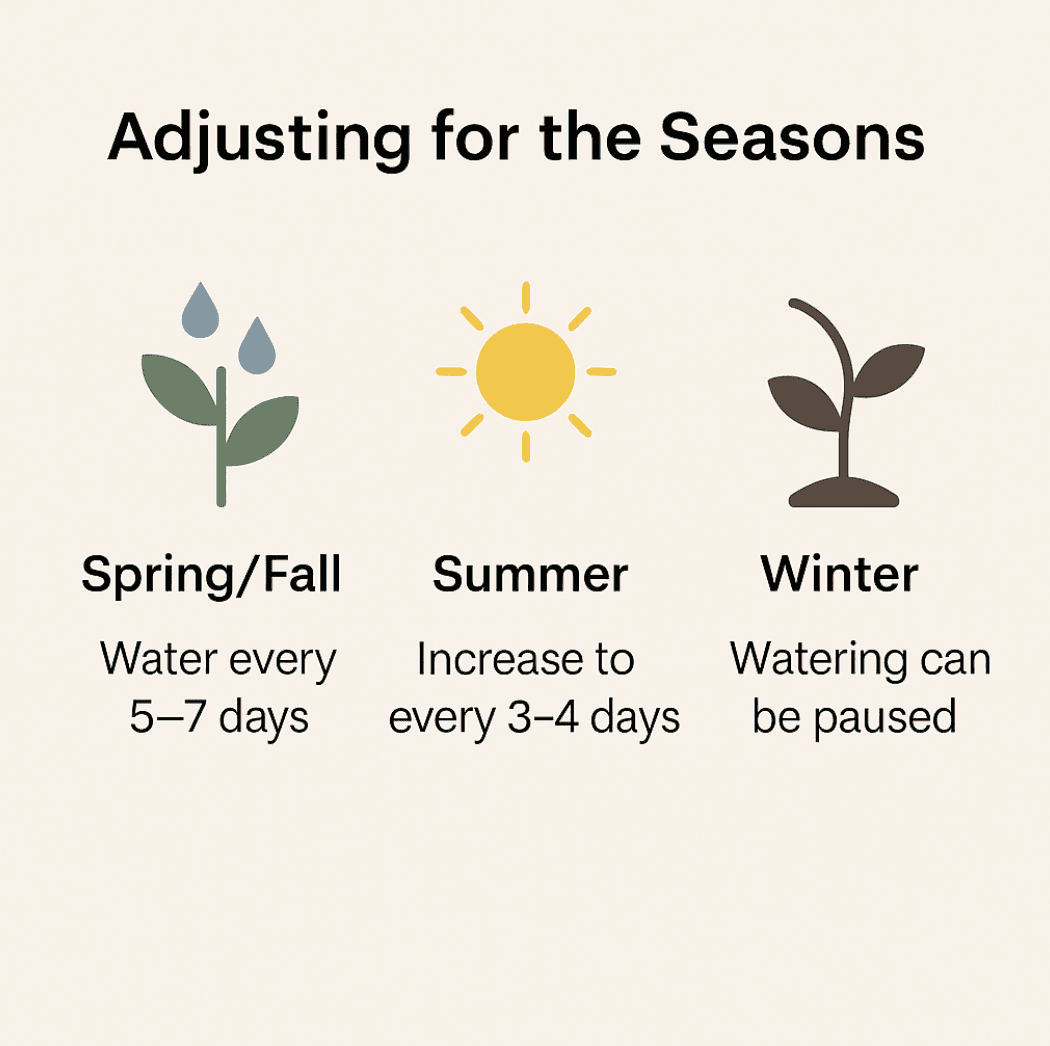
Your watering schedule shouldn’t stay the same all year long. Plants need different amounts of water as the weather changes:
Spring/Fall: Water every 5–7 days as temperatures are cooler
Summer: Increase to every 3–4 days if needed, especially in dry climates
Winter: In most regions, watering can be paused—many plants go dormant
Designing your yard with the seasons in mind can make a big impact. Using more perennials, native plants, and water-wise options means less stress (and less water) through the year.
🌼 Smarter Landscaping = Smarter Watering
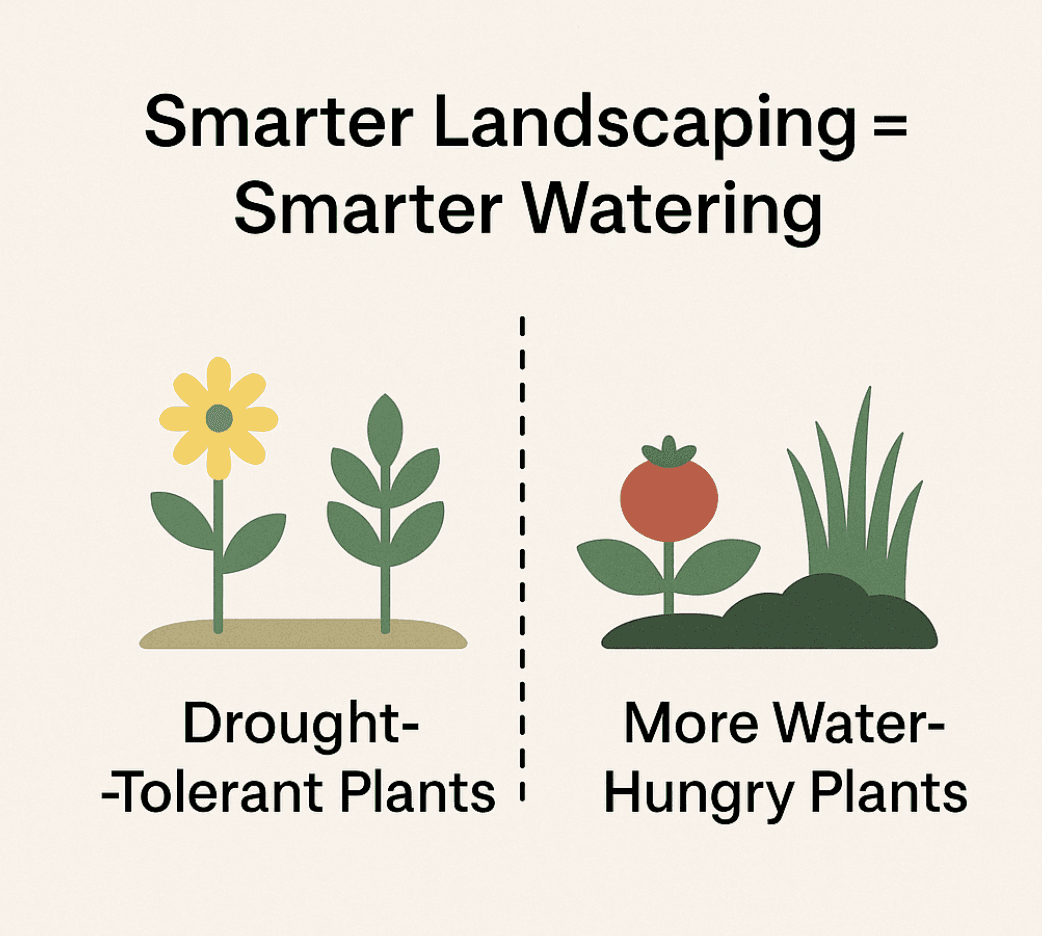
One of the best things you can do to reduce overwatering is to group plants based on their water needs. For example, grouping drought-tolerant plants together in one area and more water-hungry plants (like vegetables or turfgrass) in another makes it easier to manage irrigation without waste.
This concept, called "hydrozoning," is one of the key features Simplyscapes was built to support. As you lay out your design, the platform lets you see how plant choices and placement affect things like water usage—before you ever dig a hole or turn on a sprinkler.
It’s about planning with intention, not just aesthetics.
✅ Quick Watering Checklist
Water early in the morning
Use deep, infrequent watering over shallow, daily watering
Adjust based on season and rainfall
Know your soil type
Group plants by watering needs
Mulch to retain soil moisture and reduce evaporation
🌿 Final Thoughts

Watering your yard doesn't have to feel complicated. With the right plant choices, thoughtful placement, and a little insight into your soil and climate, you can create a landscape that's both beautiful and efficient.
Whether you're starting from scratch or making updates, tools like Simplyscapes make the process easier—by helping you plan, visualize, and understand how your choices affect water use and long-term maintenance.
Smart landscapes start with smart designs. Try out Simplyscapes and see how simple planning your yard can be.

